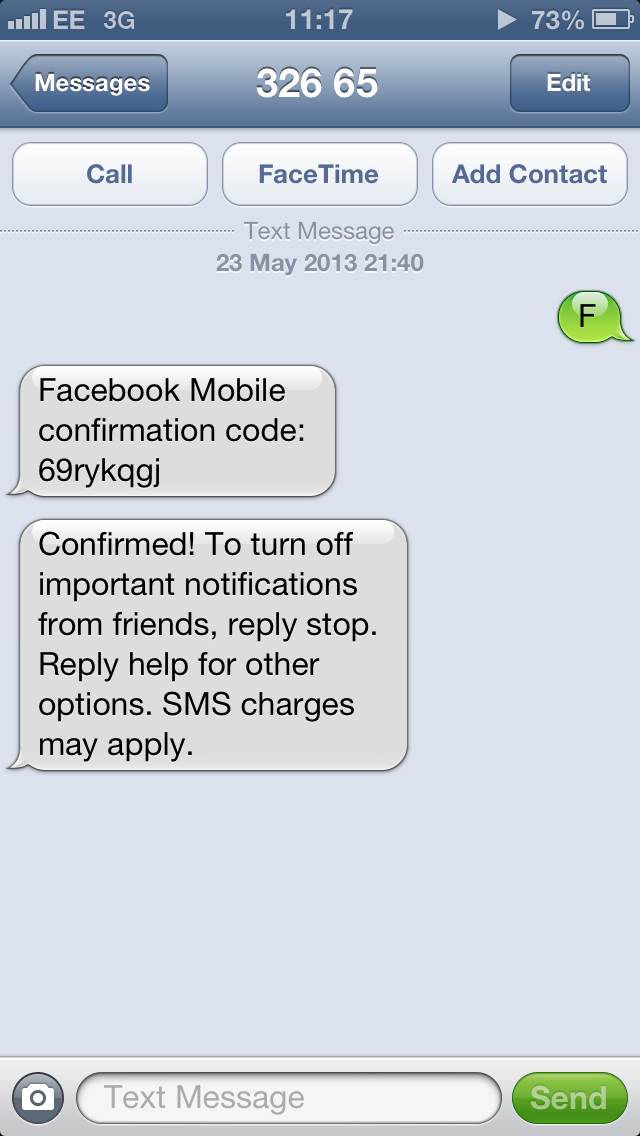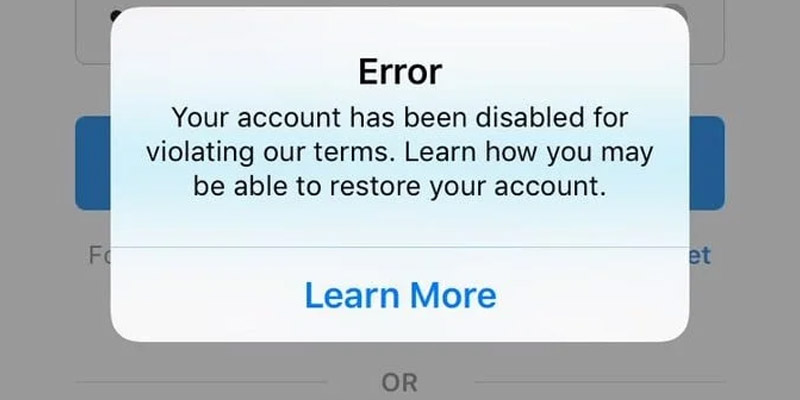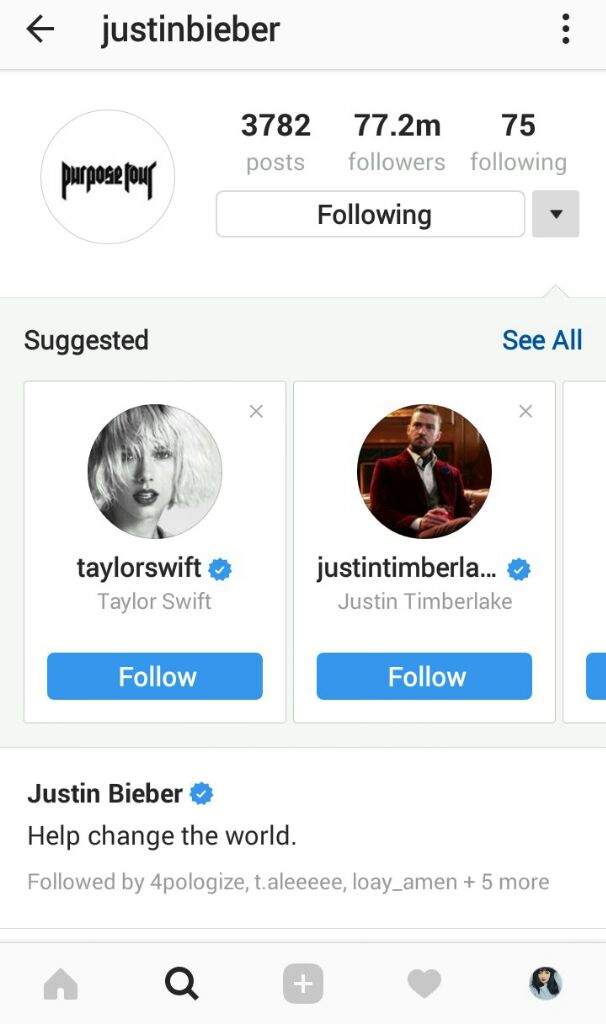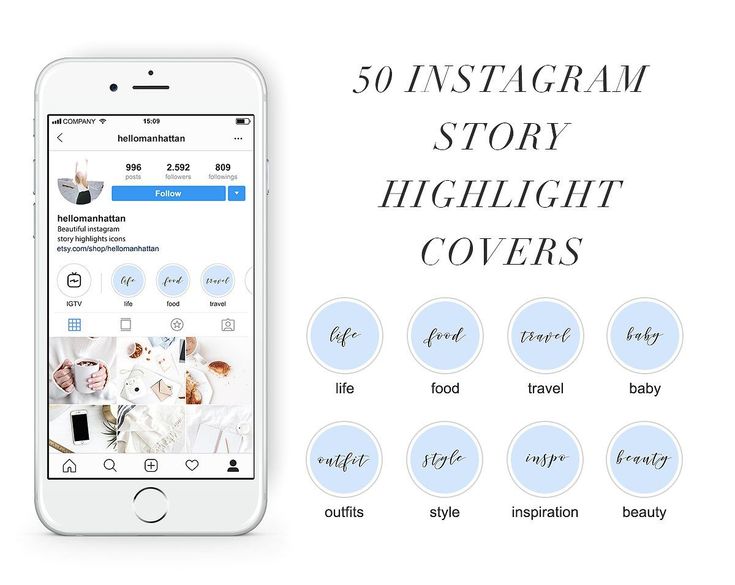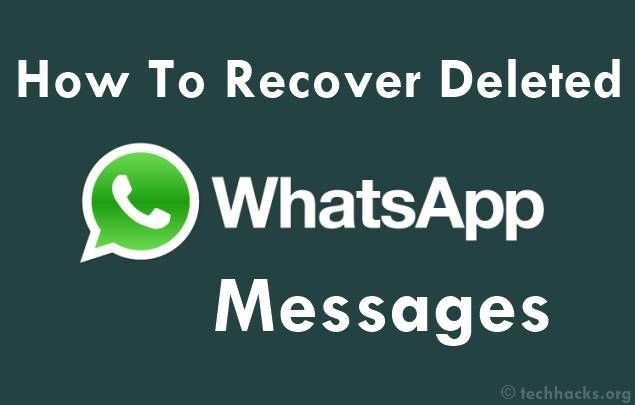How to send code in facebook message
A How-To Guide (Apr 2021)
What is a Messenger Code? Or should I say what was a Messenger Code? It was a QR code but with a nice design specific to Facebook Messenger. It was similar to a regular QR code in that it is just helping users follow a link without having to type it in. The difference is that Facebook Messenger Codes would take you directly into a Facebook Messenger Chat. This article will explain what Facebook Messenger Codes were and how they transformed back into regular QR codes.
What is a Facebook Messenger Code?
What exactly is a Messenger Code? Messenger Codes are an extension of m.me links, which are URLs that send Facebook users directly into a Facebook Messenger chat with a Facebook Page.
When using an m.me link, you're sent directly to messenger.com on desktop or to the Facebook Messenger app on mobile. Once loaded at chat with the business that owns the Facebook page is open directly.
Messenger Scan Code ExampleThus the Facebook Messenger Scan Code was only unique in that it had a nice design. Above you can see that using the Facebook Scan code was much nicer than adding a generic QR Code. However, the Facebook Messenger Scan Code had its problems.
The most obvious one is that the special design could only be scanned with the Facebook Messenger app. So users had to know what they were looking at to use it, but they didn't.
In fact, it was so difficult to use, we had to print instructions on the back of the business card. Even then, only the techiest of the tech nerds actually succeeded in using it. So in a way, the Facebook Messenger Code was a flop.
Does the Facebook Messenger Code Still Exist?
In short no. In 2019, Facebook was on a feature killing spree for the Facebook Messenger app. It was designed to make the Facebook Messenger app smaller, faster and easier to use. In the process, they deprecated Messenger Codes.
How Do I Find My Messenger Code: Facebook Messenger Codes Have Been DeprecatedHowever in spirit, they continue to exist. Because you can still make Facebook Messenger QR codes. All you need to do is find the m.me link for your Facebook Page and make a QR code with it.
All you need to do is find the m.me link for your Facebook Page and make a QR code with it.
If you don't want to do that yourself, we have a tool that makes Facebook Messenger QR Codes. We've described it near the bottom of the page.
Why Use A Facebook Messenger Code
Simple, you have a bunch of offline users, and you would like to turn them into an online audience. Here are some amazing use cases where Messenger QR Codes are incredibly handy.
Using A Messenger Code At A Hotel
Hotels are one of the places where convenience is key. How awesome would it be if instead of calling down to for room service or with a question? Your hotel guest would simply message your Facebook page.
That way you would have time to respond and a single concierge could handle multiple conversations at once. After they scanned that Facebook QR Code, your guest could always continue chatting with you for more advice through their own phone.
Using A Messenger Code At A Mall
Malls are some of the most notoriously difficult places to find your way in.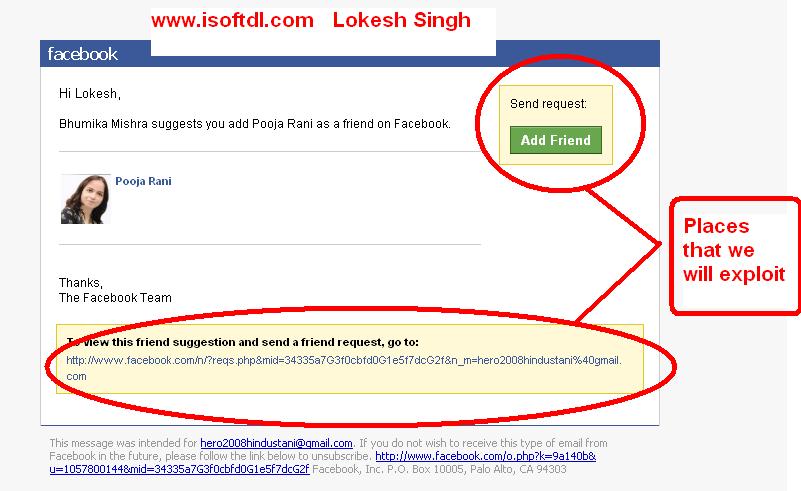 Even though malls have adopted big boards with maps and even made their own apps. I would still prefer to just ask someone where the store I am looking for is.
Even though malls have adopted big boards with maps and even made their own apps. I would still prefer to just ask someone where the store I am looking for is.
One problem with that, is first I have to find the concierge desk. And for me, that is a struggle. Oh how I wish there was a Messenger QR code you could scan and simply ask the concierge where the store is. Who knows, maybe in 2020?
How To Scan A Facebook Messenger Code
It used to be that scanning a messenger code was pretty difficult. To scan a Messenger Code, you need to:
- Open the Messenger App.
- Find the tiny camera button in the top right corner.
- Then hold the phone precisely over the Messenger Code. It didn't always work the first time.
Things are a lot more straightforward these days. Almost every camera app supports regular QR Codes. That means all you have to do is open up your camera, scan the Messenger QR Code and the Messenger app will open directly to the conversation.
Using the Facebook Messenger Code Generator on Respond.io
Ready to generate your very own Messenger QR Code? The easiest way to generate a Messenger QR Code is to do it on the respond.io platform. To do so you'll need:
- A Free Respond.io Account
- A Facebook Page Connected to Your Space
Once you have both of those ready, follow the following steps to generate a Messenger QR Code for Facebook:
1. Navigate to Settings and find your connected Facebook page in the channels list. Then open the Facebook Messenger QR Code Generator by pressing the scan code icon.
Messenger QR Code Generator2. Press download to get an image of the Messenger QR Code. At this point, you can choose to add a reference or just create a standard Messenger QR Code without a reference. We discuss what a reference is in the next section.
Facebook Messenger QR Code GeneratorOther than creating a Facebook QR Code, respond.io allows businesses to set up Facebook Comment Auto Reply, add Facebook Messenger to your Website and even automate chats!
What is a Messenger Code Reference?
Imagine you have a chain of pizza restaurants and you'd like to post Messenger QR Codes at every location. At some point, you may get curious about which locations your new Facebook Messenger audience is coming from. This is when a reference can be useful.
At some point, you may get curious about which locations your new Facebook Messenger audience is coming from. This is when a reference can be useful.
Remember, the Messenger Code is just a scannable m.me link. By adding the reference to the Messenger QR Code, you'll be able to distinguish who scanned which code to become a part of your audience.
Further Reading
If you're interested in knowing more about using Instant Messaging for Business, you should check out these blog posts.
- Everything You Need to Know About WhatsApp Business
- The Ultimate Guide to Using Telegram Business
- The Ultimate Guide Using Viber for Business
How to Find and Use Your Facebook Messenger Code
Posted on by Rachel
Social media platforms are going all-in for private messaging. With apps like Facebook Messenger, WhatsApp, and Snapchat seeing exponential growth in mere months, it should be no surprise that Facebook has stepped up its game for people to connect easily on Messenger.
Did you know Facebook Messenger has its own website?
Using your Messenger code takes a little bit of know-how, and we’ll walk you through how to find your code, share your code, and use a code to communicate through Messenger.
Want a visual guide? This video will walk you through how to find your Facebook Profile’s Messenger Code.
You must use your mobile device to find your Facebook Messenger code.
- You will need to download and install the Facebook Messenger app on your mobile device.
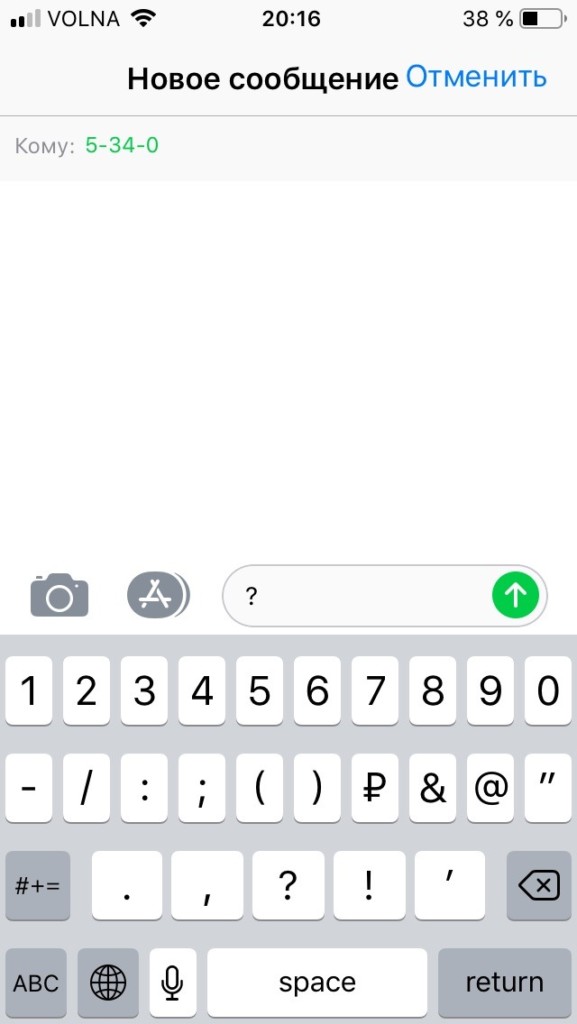 Facebook is pushing all Messenger users to use the app exclusively for direct communications.
Facebook is pushing all Messenger users to use the app exclusively for direct communications. - Once you sign in, click on the upper right person icon.
- Your Facebook Messenger code for your personal profile will appear with your profile picture in the center. You will also be provided with a direct link to your Facebook Messenger.
Save, Share, or Scan a code:
Click on your Messenger code to see the following options:
- Save/Share Your Code:
- Tap the My Code tab.
- Tap your Messenger code to see options to save or share your code.
- Scan a Code:
- Tap the Scan Code tab.
- Your device will open a scan feature which allows you to capture another Profile or Page Messenger code to open a Facebook Message to that Profile or Page.
You can find your Facebook Page Messenger code via desktop or mobile.
Via Mobile:
- Go into your device’s Facebook Pages Manager app.
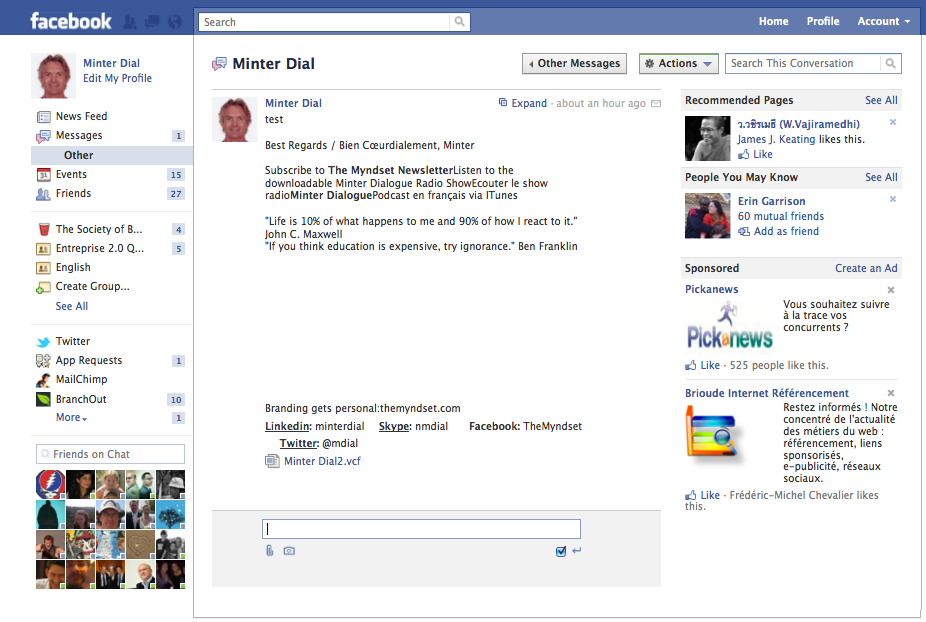
- Select the Page with the code you wish to find.
- Once you’re on the selected Page, click on the Messages icon along the top.
- Now, along the top, you should see the Messenger icon (two nested circles of broken lines).
- Click on the Messenger icon to view and share your Messenger code or Messenger link.
Via Desktop:
- Go to your Facebook Page and click on the Messages tab along the top (only a Page Admin will be able to view this option).
- Once you’re in the Messages tab, click on the small information icon along the bottom.
- A pop-up window will open revealing your Facebook Messenger code for the Facebook Page.
- Click the code symbol to download a PNG version of your Facebook Page’s Messenger code to embed onto your website or blog, add to your email signature, or share via social media.
Remember when we said that social media platforms are going all-in for private messaging? That’s because the effectiveness and popularity of private media or dark social is impossible to ignore. With open rates of 98% and overall growth of the biggest four messaging apps exceeding the growth of the biggest four social media apps, private messaging should be part of your social media strategy.
With open rates of 98% and overall growth of the biggest four messaging apps exceeding the growth of the biggest four social media apps, private messaging should be part of your social media strategy.
Once you have your Messenger code, there are several ways to share it with your audiences and customers:
- Add your code to your email signature.
- Embed your code (hyperlinked with your Messenger link) on your blog or website.
- Add your code to your business cards.
- Use your code as your social media profile image.
- Get a tattoo of your code! (OK, not really. Just checking to see if you’re still reading.)
Like this:
Like Loading...
CategoriesHow to Use Social Media, What's Happening in Social MediaTagsfacebook messenger, facebook messenger code, messenger code, private messagesHow to use SMS for two-factor authentication on Facebook?
Help Center
Privacy, security, and personal safety
Account security
We're updating the mobile version of Facebook.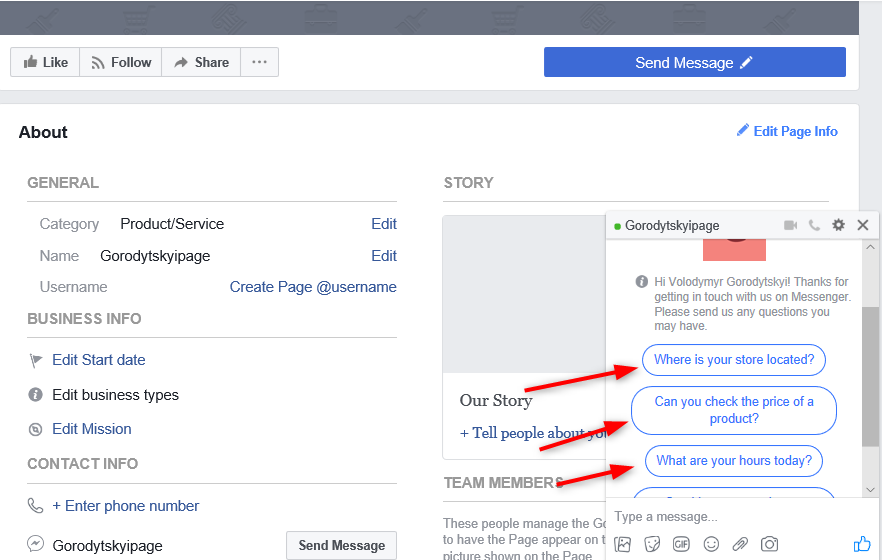 com. More
com. More
If you're having trouble signing into your Facebook account, check out these tips first.
To enable two-factor authentication, you must select the primary method for receiving security codes: SMS, security key, or a third-party authentication app. If you choose the first method, you will receive SMS with special 6-digit security codes every time someone tries to log into your Facebook account from an unidentified mobile device or browser.
Note. Before doing the following, go to your personal profile.
To enable receiving SMS with codes on your mobile device:
Classic version for mobile browser
Click the icon in the upper right corner of the Facebook window.
Scroll down and select Settings and then Password & Security.
Scroll down and click Use two-factor authentication. You may need to enter your Facebook password again.
Click Use Text Messages (SMS) and follow the instructions on the screen.
After enabling SMS codes, it's also a good idea to set up a fallback verification method, such as a security key, trusted contacts, or recovery codes. This will come in handy if you lose your phone, get it stolen or hacked.
New version for mobile browser
Click the icon in the upper right corner of the Facebook window.
Scroll down and select Settings and then Security & sign in under Security.
Scroll down and click Use two-factor authentication. You may need to enter your Facebook password again.
Click Use text messages (SMS) and follow the on-screen instructions.
Other Useful Resources
SMS security codes used for two-factor authentication are always 6 digits long.
For two-factor authentication, you can use a new or already added mobile phone number to your account. Learn more about how Facebook uses the mobile number added for two-factor authentication.
If you are not receiving confirmation codes in SMS, you may have opted out of SMS from Facebook. Learn more about how to turn them back on.
Learn more about how to turn them back on.
If you want to turn off SMS with security codes and use another method of two-factor authentication, activate a third-party authentication app or add a security key to your account.
To stop receiving SMS with security codes, click Disable next to the desired mobile phone number. If you haven't activated a third-party authentication app, added a security key to your account, and turned off your mobile number, two-factor authentication will also be disabled.
To re-enable receipt of codes in SMS, click Use two-factor authentication and then click SMS. Click on the desired mobile phone number and follow the instructions on the screen.
Learn more about managing two-factor authentication settings.
Learn more about what to do if you can't sign in after enabling two-factor authentication.
Note. Facebook does not charge you for sending SMS for two-factor authentication. However, your mobile operator's standard rates for sending and receiving messages apply.
Information
Confidentiality
Conditions and rules
Advertising preferences
Vacancies
COOKIE
Create a page
9000Twitter LinkedIn Facebook E-mail address
- Article
- Reading takes 8 minutes
You can set up a bot to interact with people through Facebook Messenger or Facebook Workplace. This article describes how to create a Facebook app using the Meta for Developers site, connect a bot to a Facebook app on Azure, and test the bot on Facebook.
This article shows you how to add a Facebook feed to your bot using the Azure portal. For information about using a custom channel adapter, see the "More Information" section.
Prerequisites
- Azure subscription. If you don't already have an Azure subscription, create a free account before you get started.
- A bot published to Azure that you want to connect to Facebook.
- Facebook account for developers. If you don't have an account, you can create one at developers.facebook.com.
- To use Facebook Workplace with a bot, you must create a Workplace account and a custom integration to connect the bot.
Creating a Facebook application
- facebook messenger
- Facebook Workplace
Users will have access to the bot on the Facebook page. To connect a bot, enable Facebook Messenger on your Facebook page, and then connect the bot to the page.
Get page ID
- Sign in to your Meta for Developers account.
- Navigate to the page where users will access the bot. If you don't already have one, go to Pages and select " Create a new page ".
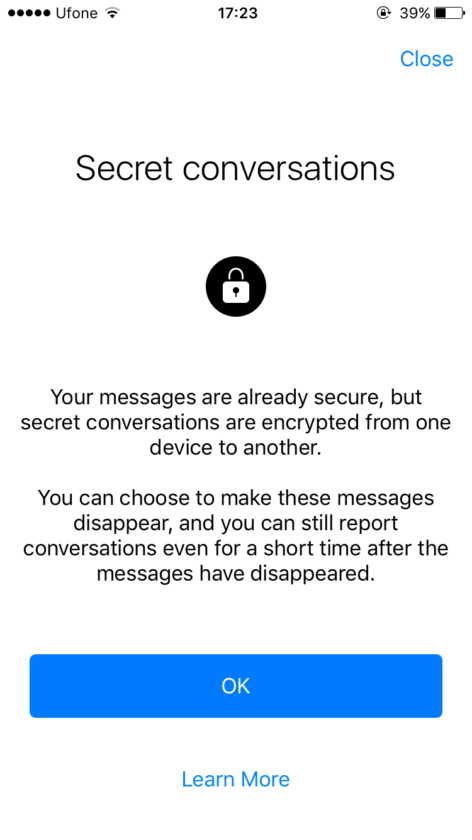
- Open page "About ", and then copy and save page ID .
Creating an application
- Go to "Create a new Facebook app".
- On page Select Application Type select Business and Next .
- On page "Specify basic information " enter the application name and select " Create application ".
- When prompted, enter your password and click the Submit button to create the application.
- After the application is created, the site navigates to the application page.
- Expand section "Parameters" and select "Basic ".
- Copy and save Application ID and Application Secret .
- Now in section "Settings" select "Advanced ".
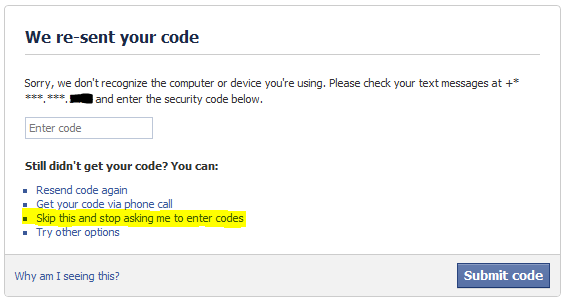
- In the area that opens, scroll down to security settings and enable Allow API access to application settings .
- Click Save changes (Save changes).
Switch on Messenger
- Select item Dashboard .
- In the resulting area, scroll down to the tile Messenger and select "Configure ".
- The site adds Messenger options to the app and displays the options page.
Adding pages and creating markers
- Scroll down to Access Tokens and select " Add or remove pages".
- When prompted to link your identity to Messenger, navigate to your current account or sign in to a different account.
- When prompted for the pages you want to use with the application, select the pages and click "Next ".
- If you are prompted to submit a login verification request, review the details and click "Done ".

- On success, the site displays success pages. To continue, press the button OK .
- The added page will appear in the page list .
- Select "Create Marker " for the page.
- The site displays security information and gives you the option to copy the token.
- Read and acknowledge the warning.
- Copy marker and press button Done ".
You now have application details and a token for the next step. Leave the Facebook setup steps unfinished. You will update them later.
Setting up a bot in Azure
To allow the bot to send messages and other events to Facebook Messenger, enable webhook integration.
- In a new browser window, navigate to the Azure portal.
- Open the Azure Bot resource blade for the bot.
- Open channels and select Facebook .

- In the "Facebook Channel Setup" section, enter the Facebook information you copied in the previous steps.
- Enter Facebook App ID and Facebook App Secret .
- Enter Page ID and Access Token .
- Copy generated callback URL and check token values .
- Select Add .
Tip
- If you don't have a copy of the information from the previous steps, you can get one from the Meta for Developers site.
- If necessary, create a new web token for the page. For instructions, see Adding Pages and Creating Markers.
Enable webhooks
Back Facebook settings to complete the setup process.
- On the Meta for Developers site, return to the Messenger settings page for the app.
- In the resulting area, scroll down to section " Webhooks" and select "Add callback URL".
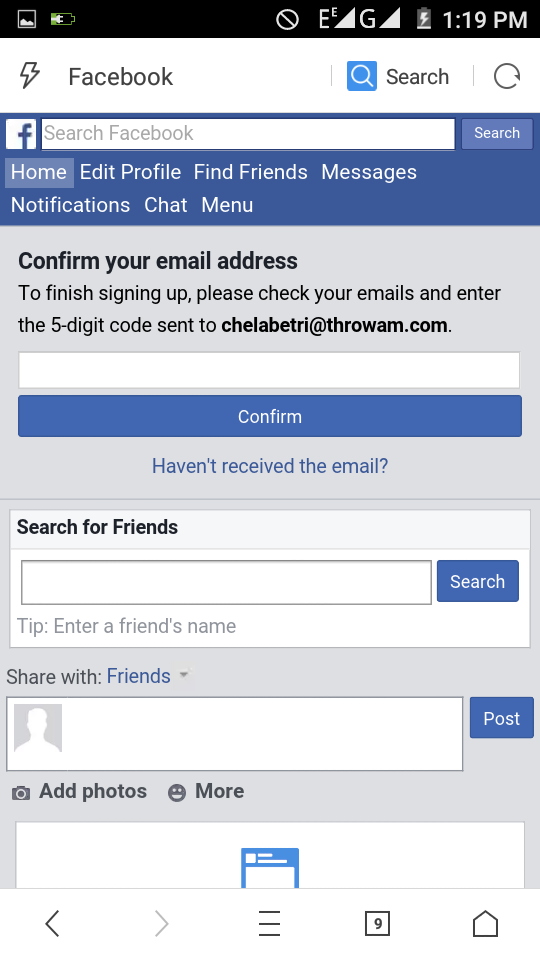
- On page change callback URL :
- Enter the callback URL and check the token values copied from the Azure portal.
- Click Verify and save .
- The added page will appear in the list "Pages " in section "Webhooks ".
- Select "Add Subscriptions " for the page.
- On page "Changing page subscriptions" select the following subscription fields:
- messages
- messaging_postbacks
- messaging_options
- message_deliveries
- Click Save .
- On page "Changing page subscriptions" select the following subscription fields:
- The site displays the added subscription fields next to the bot page.
Make the app public
Submit for review
The basic settings page for the Facebook app requires you to provide a URL to the privacy policy and terms of use. The Code of Conduct page contains links to third party resources for creating a privacy policy. The Terms of Use page contains an example of terms to help you create the appropriate terms of use document.
The Code of Conduct page contains links to third party resources for creating a privacy policy. The Terms of Use page contains an example of terms to help you create the appropriate terms of use document.
Once the bot is complete, Facebook will implement its own review mechanism for apps that are published to Messenger. The bot will be tested to ensure it complies with the Facebook platform policies.
Make the application public and publish the page
Tip
Until the application is published, it is in development mode. The plug-in and API features will only work for administrators, developers, and testers.
After successful verification, in the Application Dashboard, in the Application Review section, select Public. Make sure the Facebook page associated with this bot is published. The state appears in the page options.
Installing the API version
If you receive a notification from Facebook that a certain version of the Graph API is deprecated:
- Go to the Developer Meta section.
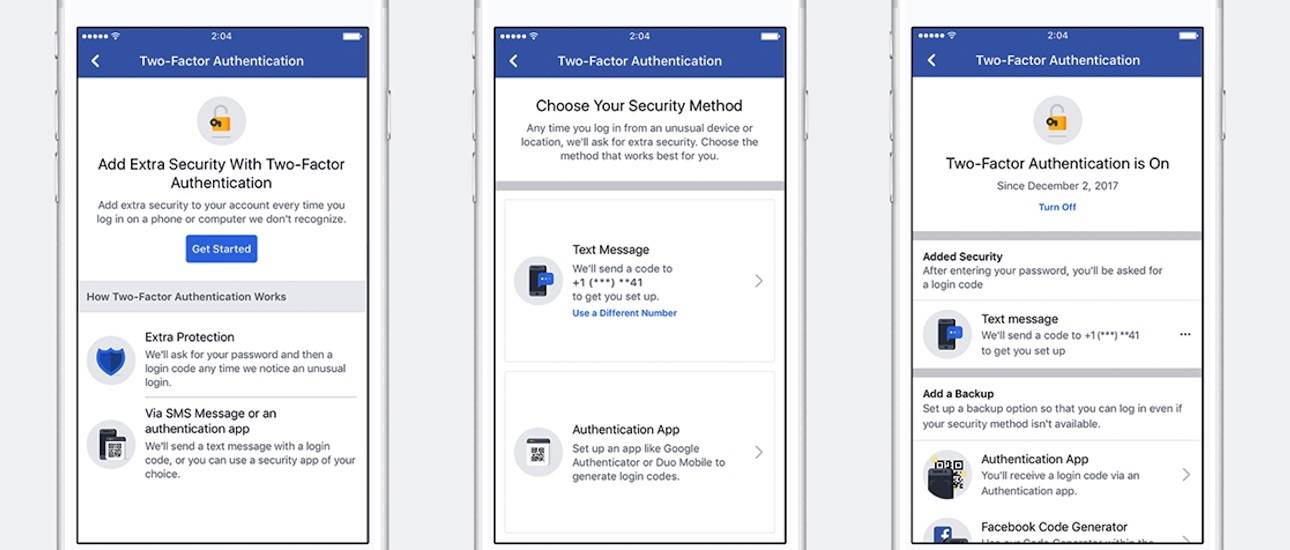
- Navigate to an application created for a bot.
- Under Options , select Advanced .
- Select Update API version and then select Update all calls to version 4.0.
Test the connection by following the steps in Testing the Facebook bot.
Testing the bot on Facebook
You can now test that the bot is properly connected to Facebook by sending a message through the Facebook page you linked to the new Facebook app.
- Go to the Facebook page.
- Click the Add button.
- On page Buttons Edit action select Send message .
- On the Frequently Asked Questions page, review the default question and answer, and then click the Save button.
- The site replaces the previous action button Edit with a new button Edit send message .

- Select Edit send message and then click Test .
- The site displays a page with a sample question as a recommended action.
- Enter any message you want to test the connection to the bot.
You can also test this functionality with the Facebook adapter bot example by filling the appsettings.json file with the same values as described in the steps above.
For an example of a bot that can communicate with Facebook Messenger, see the C# Bot Framework example.
For Facebook Messenger documentation, see:
- Messenger platform documentation.
- Launch Preparation Guidelines
- Quick start
- Installation manual
For Facebook Workplace documentation, see:
- Workplace Help Center
- Workplace developer documentation
Connecting a bot to Facebook using the Facebook adapter
A custom channel adapter for Facebook is available for JavaScript/Node.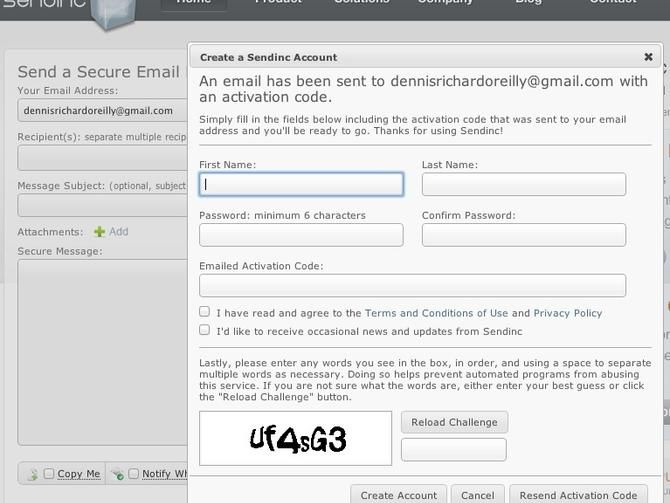 js or C#/.NET. The DETAILS file describes how to add it to the bot.
js or C#/.NET. The DETAILS file describes how to add it to the bot.
- To connect to Facebook Workplace, the bot must use a custom channel adapter.
- A bot can use an Azure channel or a custom channel adapter to connect to Facebook Messenger.
To complete the Facebook app setup for a bot that uses a custom channel adapter:
-
In the app dashboard, select Messenger and then Settings .
-
Under Webhooks , select Add Callback URL .
-
In the Callback URL text box, enter the Facebook endpoint for the bot. For example,
https://yourbaturl.com/api/facebook. -
In the text box Verify Token0149 ) enter the validation token you created earlier and used in the appsettings.json file of the bot app.
-
Make sure the bot is running, then select Check and Save to check the callback URL.
